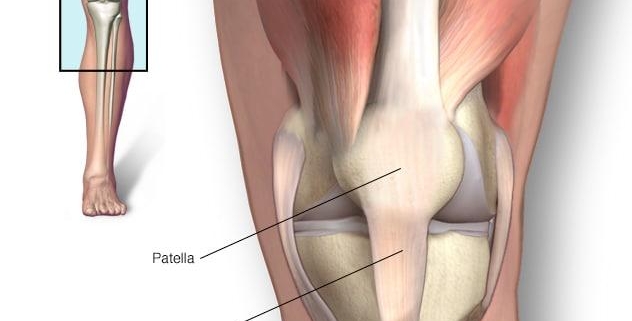Patellar Tendonitis

Overview
Patellar Tendonitis, commonly referred to as “jumper’s knee”, is a prevalent condition that impacts the tendon connecting your kneecap (patella) to your shinbone. This tendon plays a vital role in the way you use your leg muscles. If overused, particularly via repetitive jumping or similar impact activities, it can become inflamed and painful – hence, the term ‘Patellar Tendonitis’.
Types
There are no specific “types” of Patellar Tendonitis, but the condition can be classified based on severity. It typically progresses through four stages:
1. Stage 1: Pain only after physical activity.
2. Stage 2: Pain before and after physical activity, but not during.
3. Stage 3: Pain during and after physical activity, potentially affecting performance.
4. Stage 4: Tendon tear or rupture, which may require surgical treatment.
Causes
The primary cause of Patellar Tendonitis is repetitive strain on the knee, particularly from sports or physical activities involving frequent jumping. This condition is common in athletes participating in sports like basketball, volleyball, soccer and high jump. Other risk factors include:
- Sudden increase in activity intensity or frequency
- Tight leg muscles
- Muscular imbalance
- Chronic illness like kidney disease, lupus, rheumatoid arthritis, diabetes or certain infections.
Symptoms
Symptoms of Patellar Tendonitis include:
- Pain between the kneecap and where the tendon attaches to the shinbone
- Pain during physical activities, particularly those involving jumping or knee bending
- Pain after sitting for long periods of time with knees bent
- Swelling or tenderness around the knee joint
- A lump may be felt where the tendon joins the kneecap
Diagnosis
Patellar Tendonitis diagnosis usually starts with a physical exam and a review of medical history. Imaging tests like X-rays, Ultrasound or MRI can also be utilized to confirm diagnosis and exclude other conditions.
Treatment Options
Treatment for Patellar Tendonitis often commences with conservative approaches like:
- Rest and activity modification: Reducing or avoiding activities that trigger symptoms
- Icing: Applying ice to the knee after exertion can help reduce inflammation and pain
- Physical therapy: Special exercises can improve flexibility and strengthen surrounding muscles
- Supportive devices: Knee braces or tape can help relieve pain, reduce strain on the tendon and correct movement patterns.
In severe cases or when conservative treatments fail, further treatment options include:
- Corticosteroid injection: Can provide temporary relief, but not recommended for long term use
- Platelet-rich Plasma (PRP) injection: Uses patient’s blood components to promote healing
- Surgery: Rarely required but can be conducted if other treatments don’t relieve symptoms.
Living With Patellar Tendonitis
Living with Patellar Tendonitis requires patience and active management. Below are some tips:
- Regular gentle exercise helps maintain strength and flexibility of the knee muscles
- Use of supportive devices as needed
- Practicing good posture and techniques during activities
- Consuming a balanced diet for healthy tendons and supportive tissues
- Regular follow-ups with your healthcare provider.
When to Seek Help
It’s important to seek immediate medical attention if:
- Pain is severe or prohibits daily activities
- Knee joint is unstable, appears deformed or swells suddenly
- Pain persists despite rest and pain management strategies.
Living with Patellar Tendonitis is absolutely possible with the right knowledge, care and attitude. Always remember that every patient’s condition and recovery is unique, and you should consult with a healthcare provider for the most knowledgeable and personalized advice regarding your condition.
